Taking a photo is not the hard part, but rather capturing the moment that has enticed you to photograph the subject to begin with. Whether you are using a point and shoot, DSLR, or smart phone as your camera, the basic photography skills are the same. And while it is not rocket science, it does take a bit of understanding to really capture a decent image.
For a great vacation photo album that really shows the fun, and excitement your family had follow these 10 simple rules.
1. Take your camera everywhere
This needs no description...if you want awesome pictures you have to have your camera on you at all times.
2. Automatic vs manual settings vs scene selection (doesn't apply to smartphones)
If you are one that is not familiar with the settings on your camera, I would advise you to leave it on the automatic option. That means you will not be responsible for focusing, when the flash is needed...it basically takes care of everything for you.
But, if you would like to use the trip to become a more seasoned photographer, put your camera in manual mode, shutter priority, aperture priority, or scene section to play around.
The scene selection is where you can select landscape, portrait, beach, sunset, etc to match what you are wanting to photograph.
The shutter priority allows you to set the shutter speed and ISO but allows the camera to set the aperture automatically. ISO is the level of sensitivity of your camera to available light. The lower the ISO number, the less sensitive it is to the light, while a higher ISO number increases the sensitivity of your camera. This mode is useful if the shutter speed is the most important consideration when taking a photo. This is often the case when you want to make sure you take a photo fast enough to capture motion but do not care about the aperture. This is useful for photography sports, dance, or anything with a lot of movement. AKA perfect for capturing your kids fun, and frolic on the beach!
Aperture Priority....basically this either adds dimension to a photograph by blurring the background, or magically brings everything in focus. Since aperture priority is one of the most important pillars of taking a great photograph, I want to share this description with you.
Aperture priority allows you to set the aperture and ISO but lets the camera set the shutter speed automatically. This is useful when the aperture is the most important consideration in your photograph. The aperture can have some of the greatest visual impact on your photographs because it is one of the largest contributing factors to depth of field. A wide aperture (represented by a low f-stop like f/1.8) will produce a photo where your subject is in sharp focus but the background is very much out of focus. This is useful for portraits, or focusing on a single object in an otherwise busy frame. A narrow aperture (represented by a higher f-stop, like f/8) will produce a photo where most everything appears to be in focus. This is useful for landscapes, or any other situation where keeping everything in focus is desirable. Wider apertures also let in more light, so they're useful when you don't have much and want to avoid using a flash. Aperture priority is one of the best shooting modes your camera has because you can still control your ISO settings (light sensitivity) and the shutter speed is often something that's best left for the camera to decide unless you have a reason to choose it yourself. source
3. Perspective - take a step back to look at the whole picture, different angles, and positioning
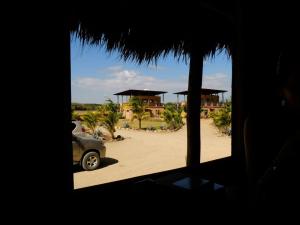
If your kids are climbing trees, would you just aim straight at them and shoot? Maybe, but why not look at them from a different angle. Try standing at the base of the tree, look up at them, and then ask them to look down at you or reach out to each other. Get creative - turn your moments into photo shoots!
What about if you are at a beautiful vista with a sunset silhouetting your family? Go back as far as you need to to capture the whole view, and maybe even put it on landscape mode or turn the flash off to keep the silhouette look.
4. Understand "back lighting"
Back lighting can really ruin a photograph if you are trying to capture details or take a portrait photograph. Why? When you have to much light coming in from behind your subject, it is going to create shadows on the front meaning it will be dark. If you are capable, position the subject to where the light is complimentary. If you cannot capture the image then because the sun is to strong, take it later in the day or in the early morning. Or if you could use the strong light to your advantage, by creating a glowing visual or separation.
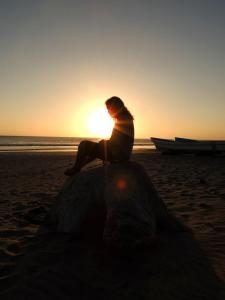
I love the details. Some of my favorite memories are looking back at the detailed tiles in the bathrooms, the perfectly manicured gardens at the resort, the sun kissed, wrinkled skin of the local who cooked our food, the bridle on horses around town, or the dirty feet of a the local boys playing soccer. The details are what show the local flavor and culture. And I feel that these photos are just as important to capture as ones of your family because they help you truly remember where you were. 


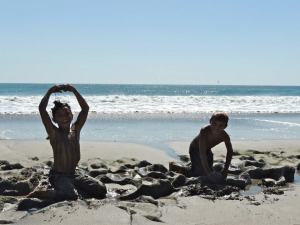
Don't be afraid to get close up. When you do that change your camera setting to macro, and get up close and personal. Also, talk to the locals and ask if you can take their picture. Even if they don't speak Spanish, just hold up your camera and sign out your intentions. They will either tell you to go away or go ahead.
6. Group photos
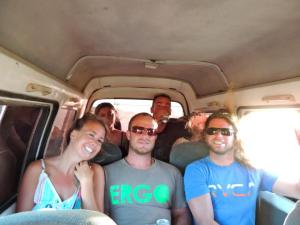
Yes, this includes you being in the photo. I love using the self timer option on my camera to get an impromptu picture of the group. Its a fun way to get everyone together! Also, this may be the only time you can get everyone together, take advantage!
7. Individual photos
Now that you have mastered the art of the different settings, start taking some individual photos. Play with the depth of field and capture the youngest one's eye lashes when they are coated with sand. Or follow the grandparents as they walk hand in hand down the beach focusing on the details, perspective, and angles. These photos can be candid or posed...whatever you are most comfortable with!
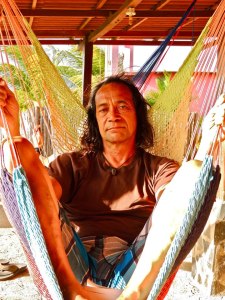
8. Candid photos
In order to do this you will need to take your camera everywhere (see tip #1) because once your brain and eye are trained to look for great photographs, you will start seeing opportunities everywhere! Don't worry if you annoy your family, they will get used to it and especially be glad when you go home with killer photos!


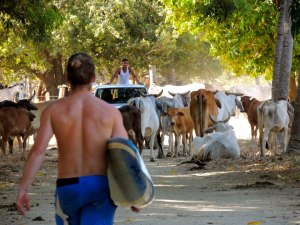
Candid pictures can either turn out really good or really bad. If you are just going to hold the camera up, take one photo and be done, you probably are not going to capture what you were going for. If you are shooting with a point and shoot or DSLR you can shoot in burst of images that will almost guarantee a good shot. You need to take multiple frames...meaning hold down that shutter button and let it fly.
9. Wildlife...or anything else your family wants photographed


This does not mean you have to get up close and personal with the birds, monkeys, lizards, or tigers, but do include the exotic wildlife. This may be the only time your kids will see them outside of a Nat Geo magazine. Ask your family members what would make them happy when flipping through the family vacation album and then make sure you capture it.
10. Have fun
Do not let the camera intimidate you, nor your family. Become best friends with your camera, go out solo, reflect, and have fun with your new tool. Let it be an extension of you and I promise you will be totally surprised at your comfort level. Once you are comfortable, the fun begins!
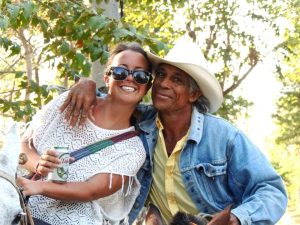
Best cameras for beginner photographers
Preface: I am only going to recommend cameras I have personally used. Also, I am Nikon girl and know no others...
Nikon Coolpix 530 DSLR
This one is my all time favorite because it is so extremely versatile, the zoom is amazing, great pixelation, and affordable. This Nikon has traveled the globe with me and provided me with some of my most treasured photographs. I learned on it while on vacation, it is that easy to use.
NIkon Coolpix AW130
This camera is for the adventurist and extremist! I bought this camera when I moved to Alaska because it is shock proof, waterproof, and freeze proof. Take it snorkeling, SCUBA diving, rafting or fishing—it's waterproof down to 100 feet. Take it skiing or snowboarding—it's freezeproof to 14° F. Even take it biking, climbing, skating or hiking—it can withstand drops from as high as 7 feet. Always bring home amazing views.
Contact United Military Travel today for all your travel needs! Airfare, car rentals, hotel accommodation, and even travel accessories like cameras! United Military Travel specializes in 100% military travel financing for all Military and Government Personnel. We finance both Active Duty and Career Retired Military members, as well as government employees. We can get most applicants approved with NO DOWN PAYMENT!
United Military Travel currently works with all of the major airlines and has negotiated contracts with major consolidators all over the world. How does this benefit you? We can offer Military Discounted Airfare Tickets, Military Discounted Hotel Reservations, and Military Discounted Car Rentals. United Military Travel is able to offer the best Low Price Guarantee in the entire Military Travel Loan Industry. Call 866-582-9579 to speak to one of our knowledgeable travel loan consultants or apply now for an easy travel assistance loan!


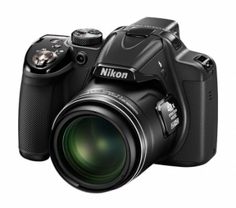
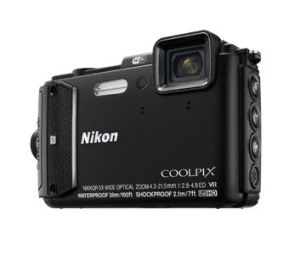
No comments:
Post a Comment
Thank you so very much for taking the time to visit my blog! Traveling is very dear to me and sharing my travels and desires with you makes my heart smile. I want to hear all about your adventures because sharing travel stories is the root to all inspiration. Also, any suggestions you may have on how I can improve this blog - I am all ears!!
Smiles,
Allie xoxo